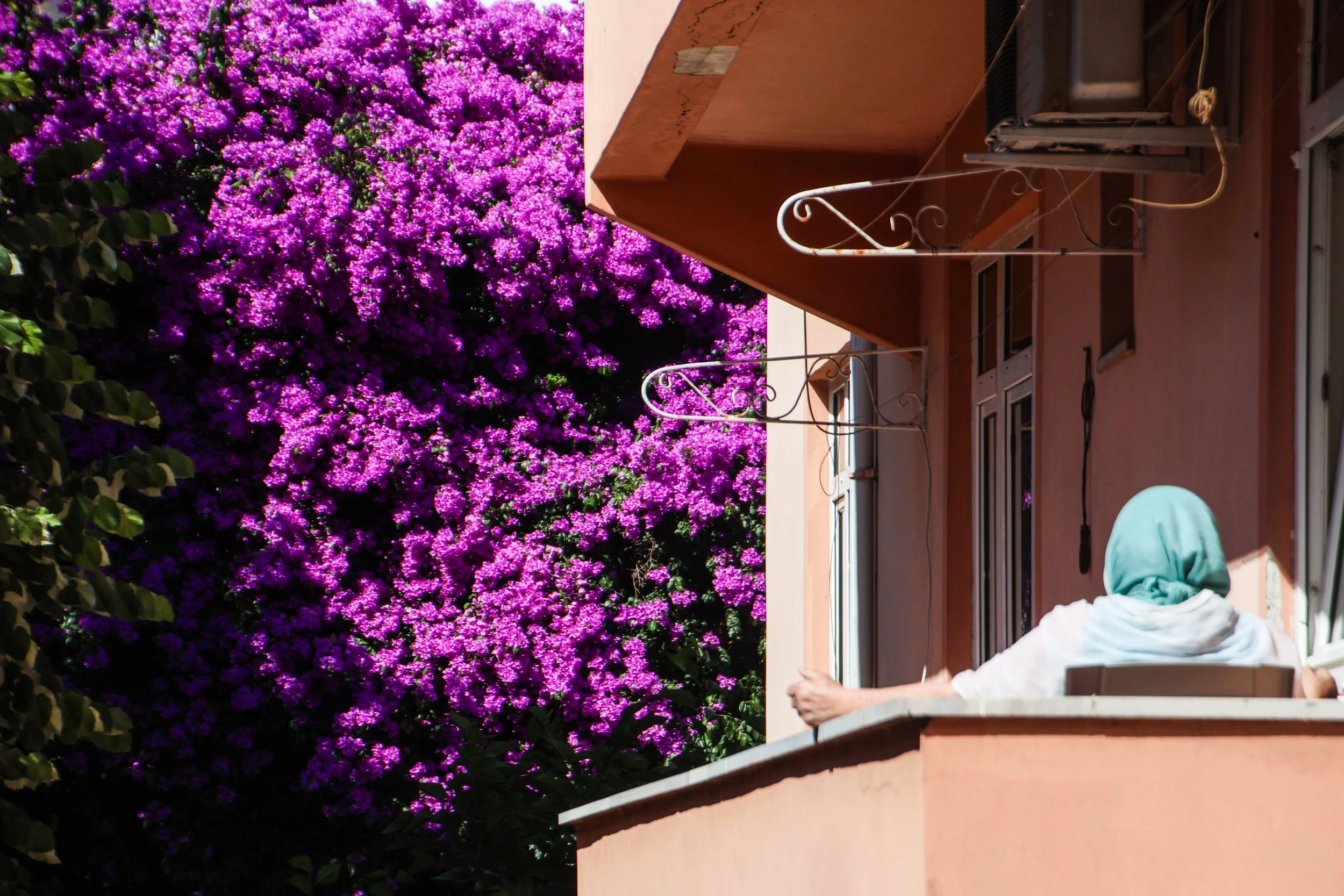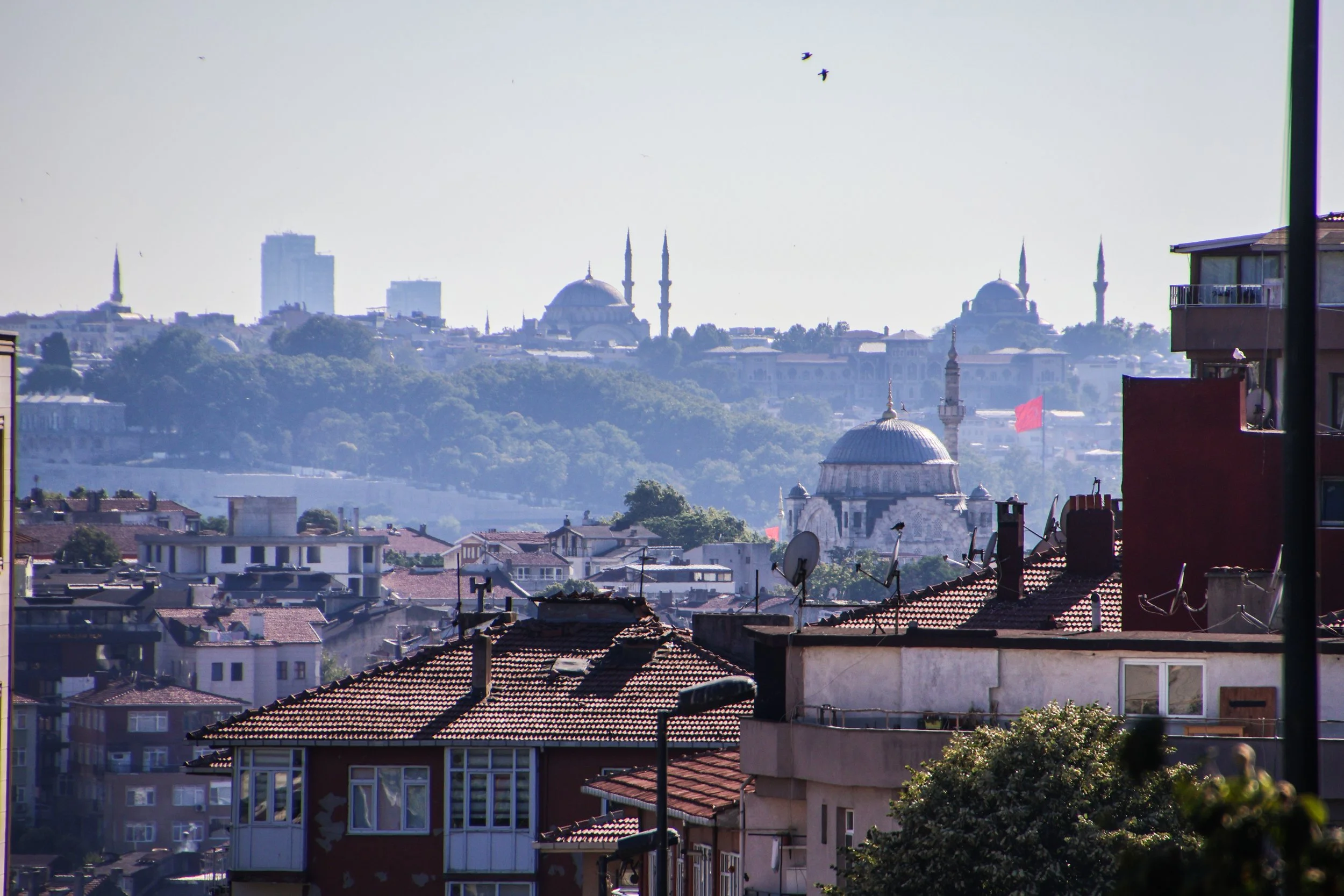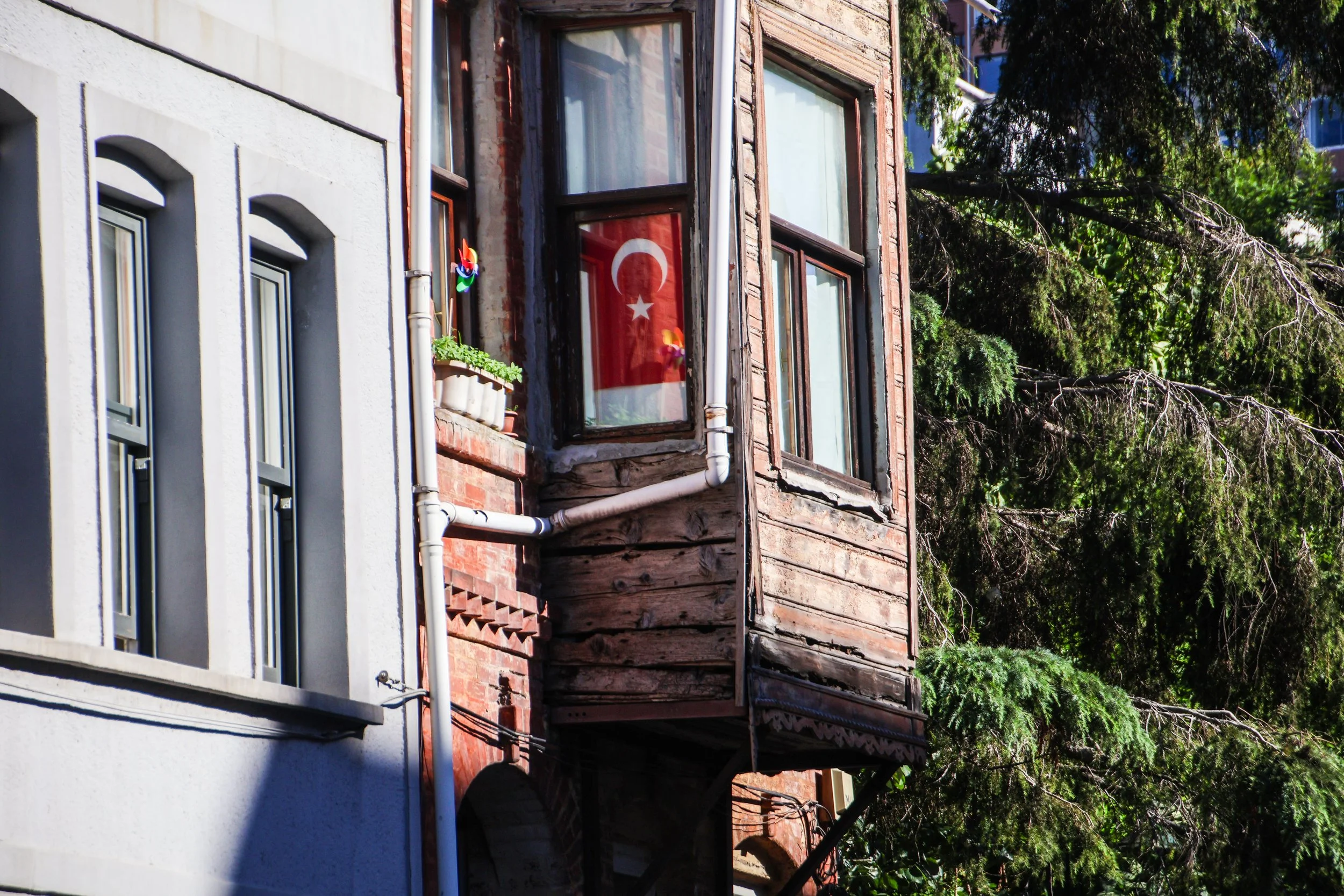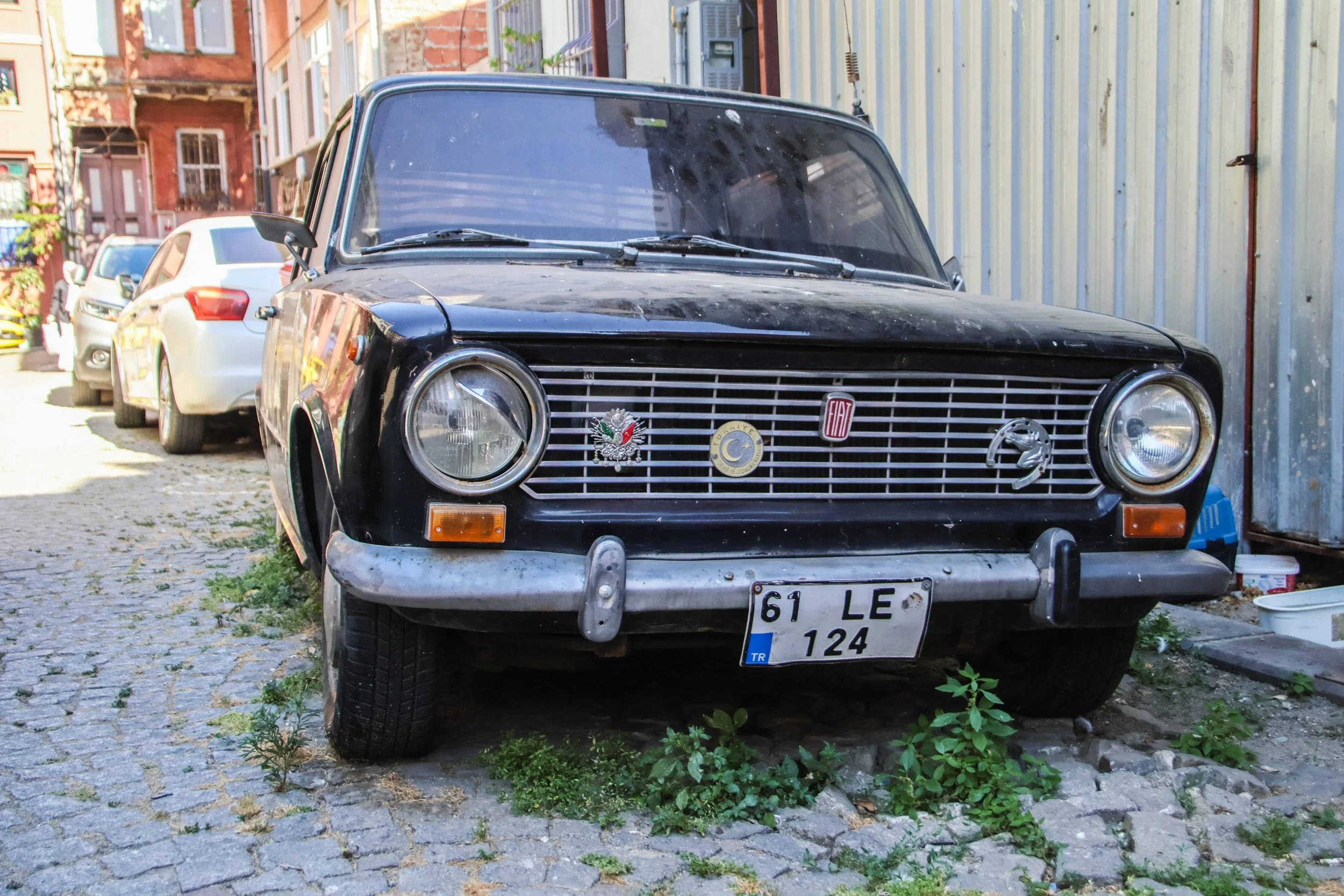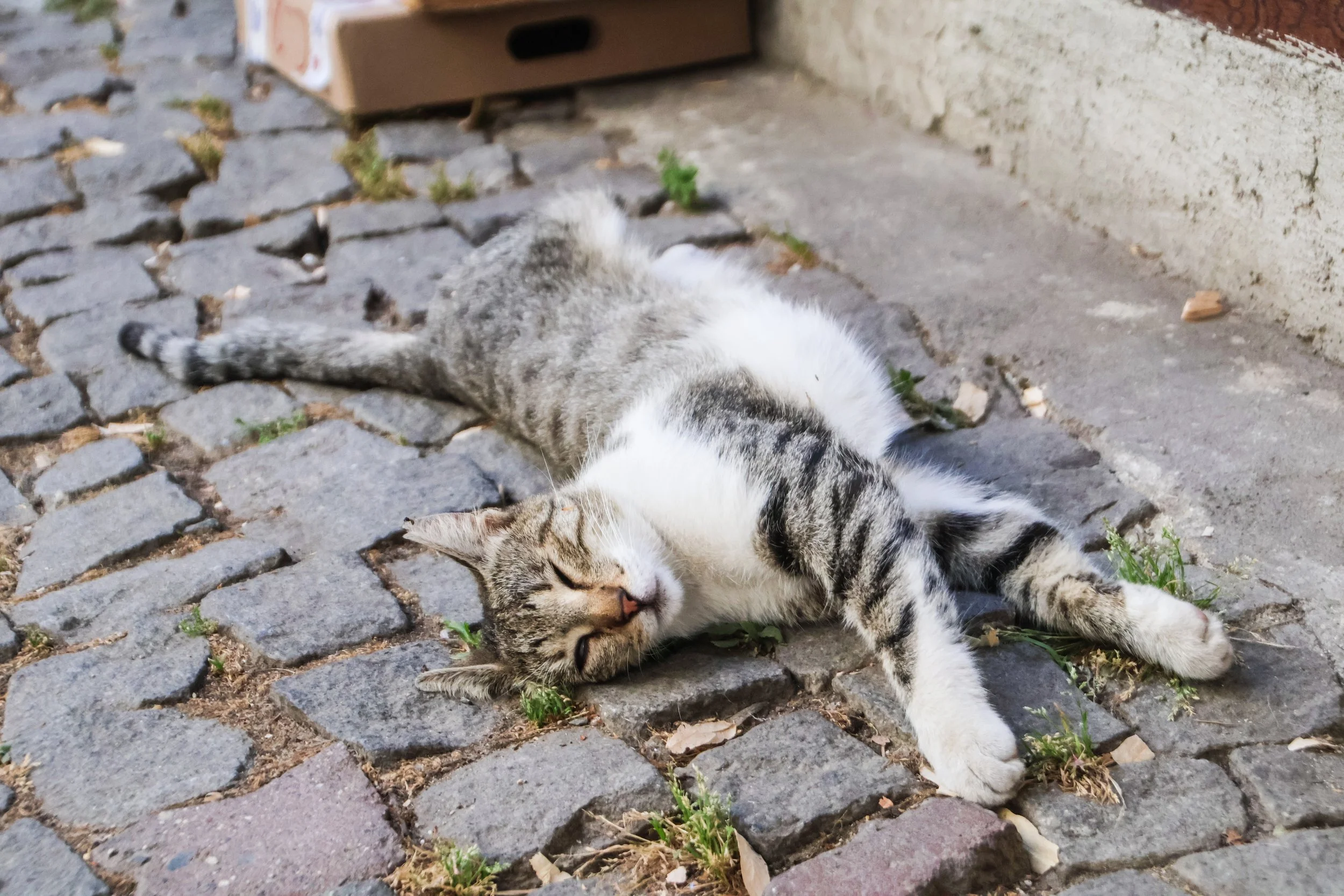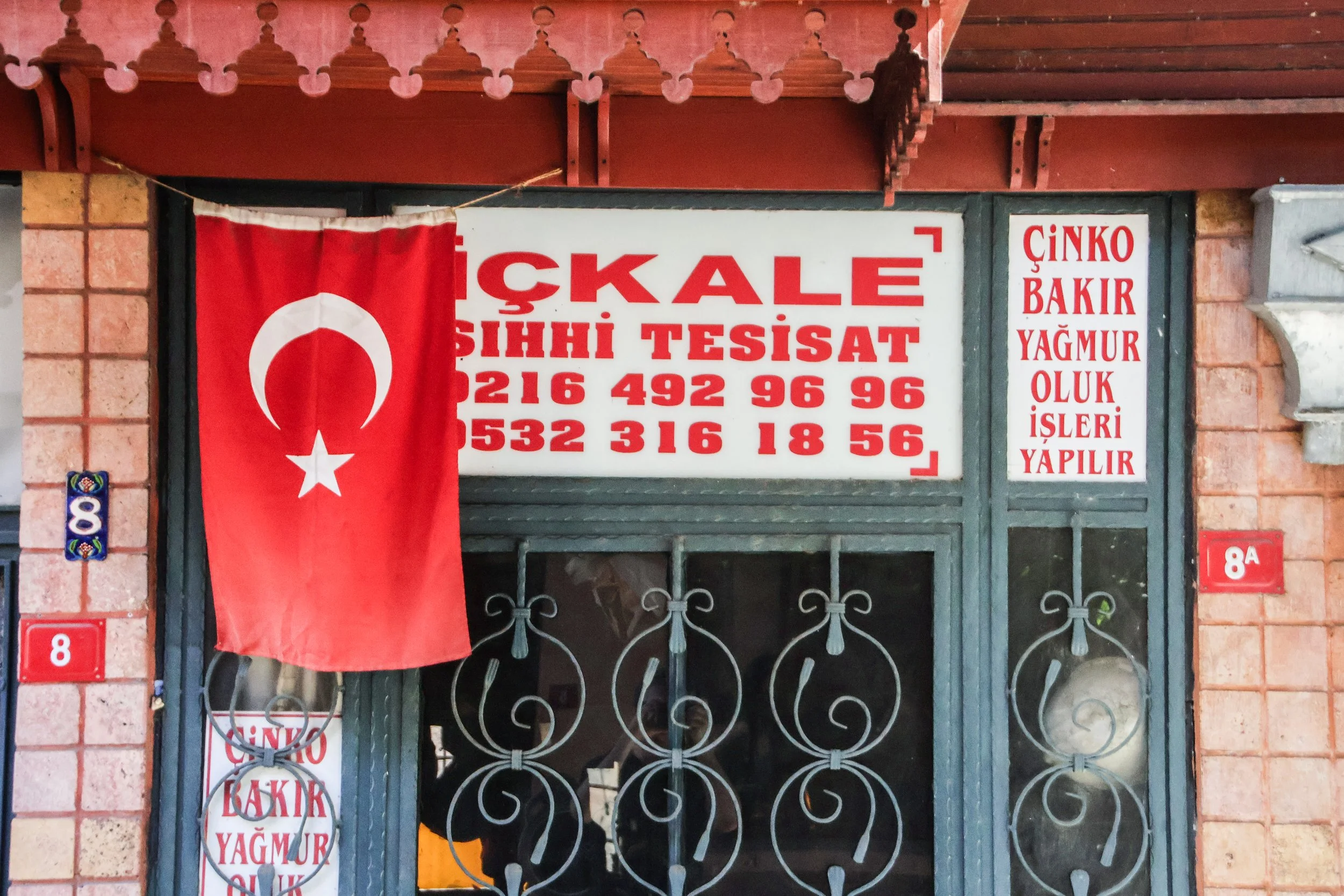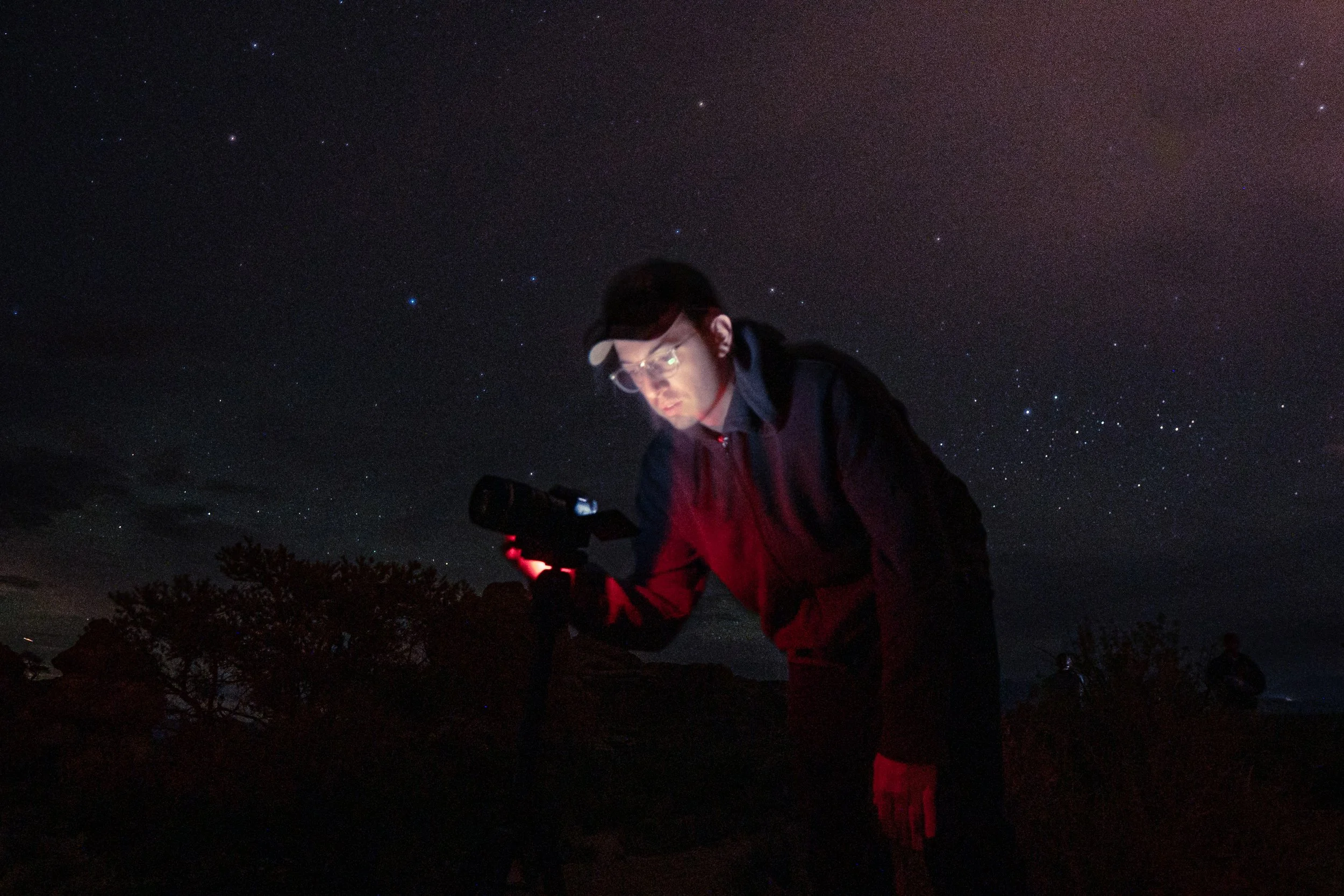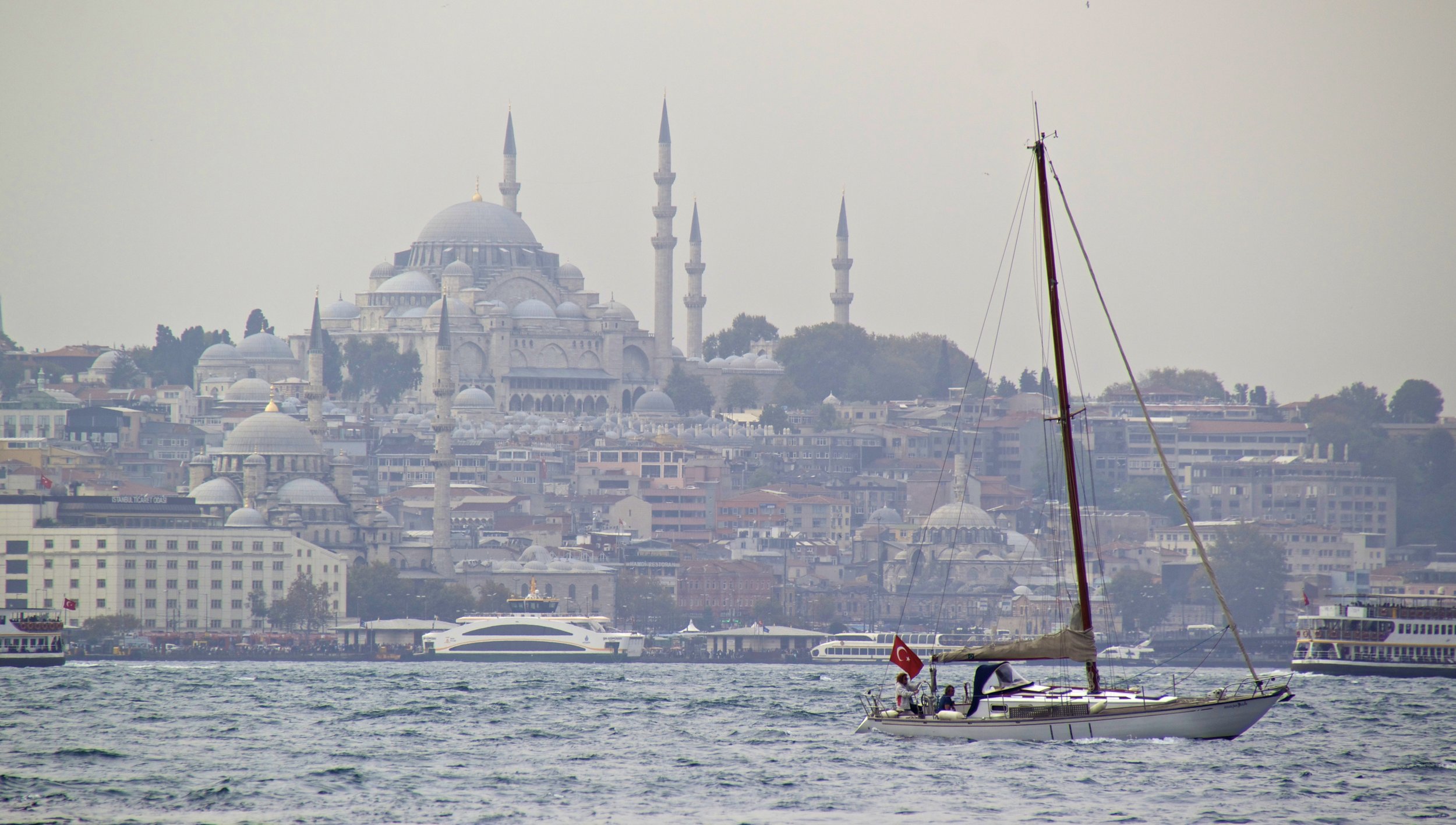Round 2 of Istanbul continues! In the previous article we broke some new ground on the ‘European Side’, visiting areas including Beyoğlu, Galata, Karaköy, Taksim, Bebek, and Nisantasi. It was a lot of ground to cover, so today—as we make the jump over to the ‘Asian Side’—we’re going to narrow our scope to a single area: Üsküdar. We’ll also put a magnifying glass on one specific neighborhood called Kuzguncuk. So let’s jump in.
Üsküdar
In positioning Üsküdar right after Bebek in this series, I’m hoping to give you a bit of whiplash.
If you’re not reading these in chronological order, I’ll fill you in: Bebek is an affluent, socially progressive community on the northern (European) banks of the Bosphorus. There’s a gorgeous promenade where you can walk along the banks of the Bosphorus amongst fashionable people who seem—at first glance—to be quite Western! But make no mistake: Türkiye is not the West. Places like Istanbul can be confusing, because they often present as very European, but if you dive just a bit below the surface, you’ll discover a world that is quite unfamiliar to Westerners.
I should caveat that the degree to which Türkiye is “European” is the subject of some controversy. They’ve tried (and failed) to join the European Union (and its predecessor organizations) a number of times, and they (along with Azerbaijan) play in the famous Europe-only football/soccer tournaments, the EUROs and UEFA Champions League. Most of the Turks I know personally present as being quite European, but I think that they would be the first to tell you that they are not necessarily representative of the whole of Türkiye. My read is that the upper class of Türkiye has the luxury of living European lifestyles, but carry no illusions about Turkish cultural realities. This is a Muslim country, and one that has been steadily becoming ever more conservative in recent years.
Istanbul is a complicated place, because it contains both realities in parallel. You’ve seen the more Western components of this place embodied by Bebek and Nisantasi, and now we’re going to use Üsküdar as a vehicle to explore the more culturally conservative side of Istanbul. Here’s Üsküdar on the map for you so you can get a sense of where we are today. As you can see, it’s a big area, but the pictures you’ll see below are primarily in the Aziz Mahmud Mosque / Yeni Valide Mosque vicinity.
Üsküdar has a long history of being a center for religion and conservatism within Istanbul. Indeed, most of its most famous sites are Mosques and tombs. In the Ottoman times, given its position on the Asian side of the city, it served as the send-off point for pilgrimages to Mecca. And this tradition continues today; Üsküdar remains a stronghold for traditionalism in a city that is—relative to the rest of the country—quite a liberal, free-minded place.
So, the neighborhood itself isn’t exactly a tourist attraction… but it does have some stunning views to offer. If you want to see the iconic sights of the European Side from across the water, Üsküdar is where you want to come! Before we dive into the neighborhood itself, let’s start with a walk along the water front. These shots were taken in late afternoon, so looking westward across the water the sun was in our eyes, which isn’t ideal lighting, but these pictures carry their own brand of mystique as well. Every time I am looking across this strait of water, there is always something obscuring my view—mist, fog, glinting sunlight—that adds to the mysterious aura this city holds in my mind. So much has happened here. These visual elements always feel immediately like a metaphor for looking back through the veil of time.
Now we’ll dive into the actual neighborhood. There’s an immediately discernible gap between Üsküdar and its European peers. There is a different-but-still-weirdly-familiar feeling I get when walk through a Western city I’ve never been to before. From Vancouver to Amsterdam, the first time I visited I remember a sense of cultural understanding that was completely unearned. I get this feeling pretty much throughout the entire ‘Western’ world. For example, I haven’t been to Australia yet, but I am almost certain I will feel that same familiarity when I arrive. And I got that same feeling (albeit, a bit watered-down) in most of the European-side places we covered in the previous article! But in Üsküdar, that feeling disappeared.
Here, there is less wealth on display, fewer foreigners, less tourist infrastructure, and less globalized brands on display. Instead, there are local businesses, numerous mosques, markets selling traditional food items like fish and spices, and multigenerational family units walking down the street together. Owing in part to the relative scarcity of foreigners, people tend to dress more conservatively in Üsküdar; even in the summer heat, there isn’t much skin showing. Istanbul overall is not a hijab-mandatory zone by any means, but you’ll see a lot more women wearing hijabs here than anywhere we’ve been so far. Likewise, those mosques generally have dress codes that forbid women from entering unless they are fully covered up, which means (a) pants or a dress that goes down to the ankle, (b) modest, long-sleeved shirts, and (c) a head scarf. The rules are far more lenient for men: as long as your shorts don’t go above the knee, you’re good. No comment. 🙃
You’ll notice some massive orange-and-red flags flying. These are for the football ⚽️ team, Galatasaray, who—at the time—were the reigning champions of Türkiye’s Super Lig. They are one of Istanbul’s 3 big clubs, the others being Fenerbahçe and Beşiktaş. However, Fenerbahçe is the only club based on the Asian Side, so I found it interesting how prevalent the Galatasaray flags were over here… it almost felt like somebody was trying rub their victory in somebody else’s faces… but I can only speculate!
We spent the better part of a day walking around Üsküdar, and these are my favorite photographs from that walk:
Kuzguncuk
Up next we’ll zoom in on a small area call Kuzguncuk (pronounced kooz-gun-juke). This little enclave within greater Üsküdar was a very specific recommendation from my friend who has been living in Istanbul for the past decade, and it did not disappoint! In fact, I think this may actually be my favorite little place in Istanbul that I’ve seen yet. Here it is on the map for context…
Kuzguncuk is actually gorgeous! And, despite being part of one of the biggest metropolises on planet earth, it has a powerful sense of homeostasis; it really feels like a village! Adding to this feeling are the unique rows of colorful, wooden houses that line many of its streets. These are some truly gorgeous homes! And, when you put them in the context of streets built onto impossibly steep hills, the mediterranean climate, and the urban ocean vistas, it quickly begins to feel reminiscent of San Francisco… or, since Istanbul is orders of magnitude older than SF, perhaps it’s the other way ‘round.
Another thing that makes Kuzguncuk unique is that is has historically been an extremely diverse neighborhood in what can otherwise be a surprisingly homogenous city. Indeed, Kuzguncuk has been home to communities of Jews, Greeks, and Armenians in the past. Each of these communities has been persona non grata in Istanbul at some point in the past 100 years (I’ll let you do your own research on this) so these communities are not as large as they were in the past, but they are still here! As a result, Kuzguncuk is (supposedly) a progressive bubble in an otherwise conservative area. However, based on my experiences here, I would still advise you to behave with the same cultural sensitivity in Kuzguncuk that you would in the rest of Üsküdar.
During my visit, we walked throughout the area around Icadiye Cd., past a wide selection of restaurants and trendy little shops, with the aim of finding a coffee shop that we liked. Side note: “Cd.” is short for “Caddesi”, which is the Turkish word for “Avenue”. Anyway, Istanbul has an impressively robust coffee culture, so there were lots of options to choose from! In the end, we landed at Angie Kuzguncuk, although Kosinitza Coffee had also been recommended. Here are some pictures from this gem of a neighborhood. I would love to take another walk through here one day soon…
That’s it for Üsküdar, but fear not! We are only half-way done with this series on Istanbul now.
Up next, we’ll explore another major area on the Asian Side of the Bosphorus called Kadiköy. But for now, I’ll leave you with a track I dug up that satisfied two important conditions: (1) it leans into traditional(ish) Turkish music vibes, and (2) I really like it! Finding a song that checked both of those boxes simultaneously was harder than I care to admit, but this song is now in my daily rotation.

